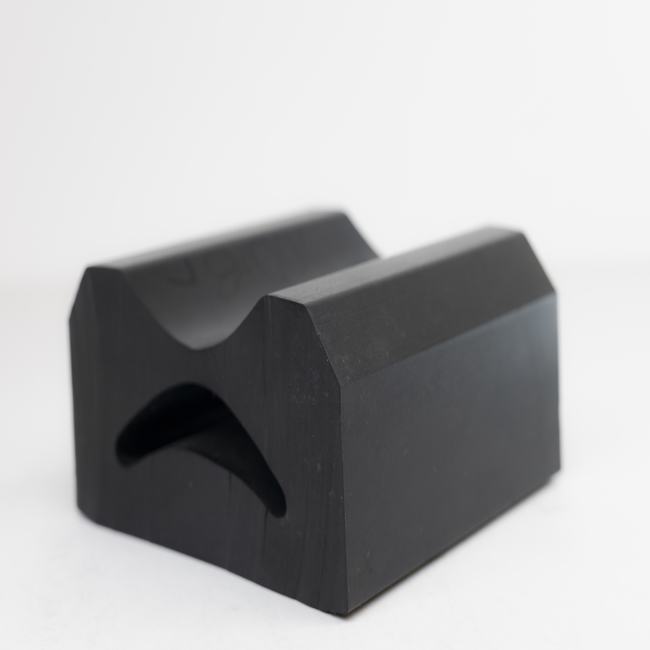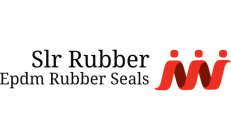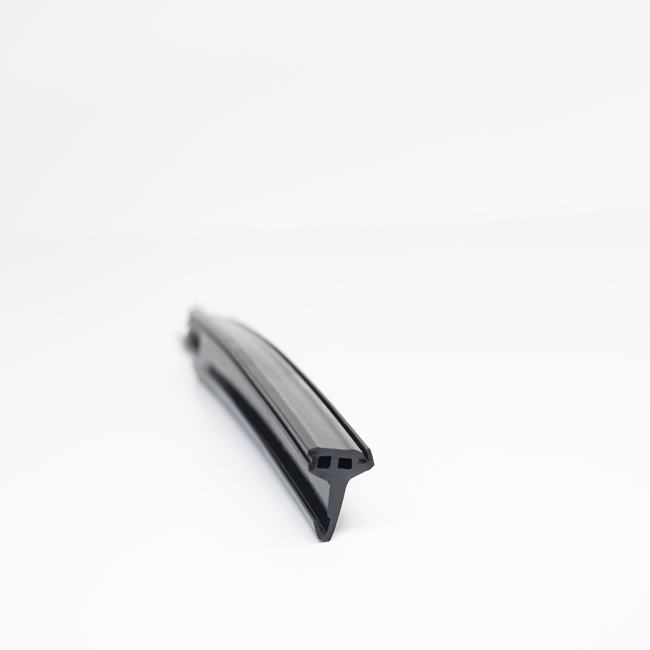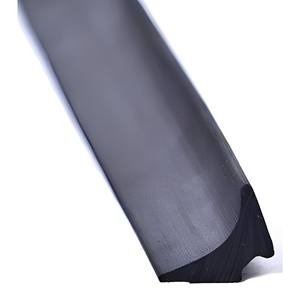“Ship seals” can refer to various types of seals used in the maritime industry on ships and vessels. These seals serve different purposes and are crucial for safety, environmental protection, and the efficient operation of maritime systems. Let’s explore some common types of ship seals and their functions:
- Hull Seals:
- Hull Penetration Seals: These seals are used to prevent water from entering the ship through hull penetrations such as pipes, cables, and conduits. They maintain the watertight integrity of the ship’s hull.
- Porthole Seals: Porthole seals are gaskets or rubber seals used around windows and portholes to prevent water ingress and maintain a dry interior.
- Propeller Shaft Seals:
- Shaft Seals or Stern Tube Seals: These seals are installed around the ship’s propeller shaft where it exits the hull. They prevent water from entering the ship while allowing the shaft to rotate.
- Bulkhead Seals:
- Bulkhead Penetration Seals: Bulkhead seals are used to maintain the integrity of watertight and fire-resistant bulkheads. They prevent the spread of water, smoke, or fire between different compartments in the ship.
- Cargo Hatch Seals:
- Cargo Hold Seals: These seals ensure that the cargo holds of cargo ships and vessels remain watertight during transportation, preventing damage to goods and the ship’s stability.
- Door Seals:
- Watertight and Weathertight Door Seals: Ships have various types of doors, including watertight doors to prevent flooding and weathertight doors to keep out rain and seawater. Seals around these doors are essential for maintaining their respective functions.
- Safety and Environmental Seals:
- Lifeboat and Liferaft Seals: Seals on lifeboats and liferafts ensure they remain airtight and watertight during storage and deployment.
- Oil Containment and Pollution Prevention Seals: Ships often use seals and barriers to contain oil spills and prevent environmental pollution in case of accidents.
- Cable and Pipe Seals:
- Cable and Pipe Penetration Seals: These seals are used to maintain the watertight integrity of the ship’s hull where cables and pipes pass through.
- Rudder Seals:
- Rudder Stock Seals: These seals are used where the ship’s rudder stock exits the hull. They prevent water from entering and maintain steering functionality.
- Engine Room Seals:
- Engine Room Hatch Seals: Seals around engine room hatches ensure that water and environmental factors do not affect the ship’s engine and machinery.
- Pump and Valve Seals:
- Seals for Pumps and Valves: Ships have numerous pumps and valves, and proper seals are essential to prevent leaks and maintain fluid control systems.
The specific type of ship seal used depends on the ship’s design, purpose, and the areas requiring protection. These seals are crucial for safety, environmental compliance, and operational efficiency in maritime operations. Regular inspection, maintenance, and replacement of worn or damaged seals are essential to ensure the integrity of the ship’s hull and systems.







